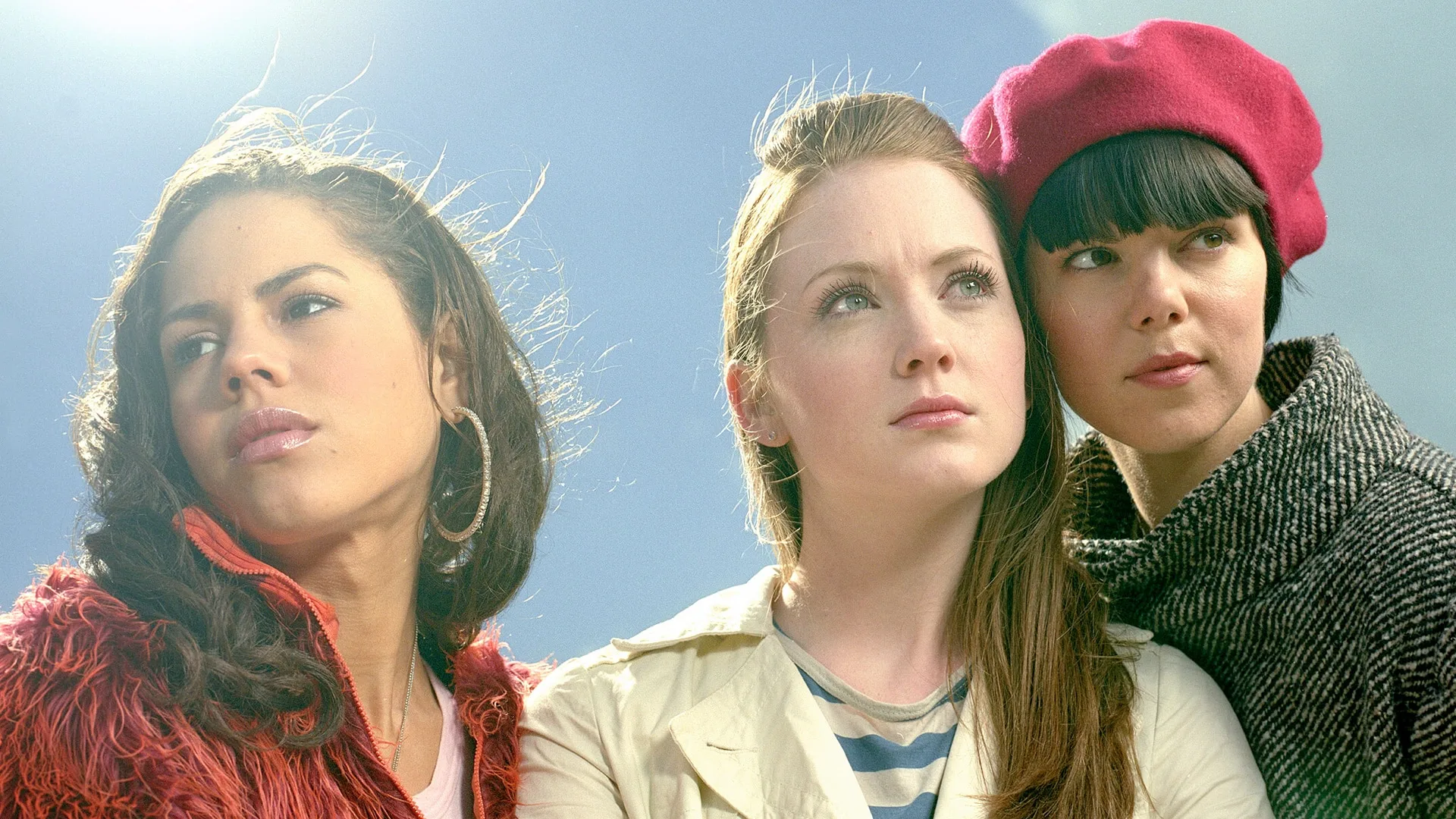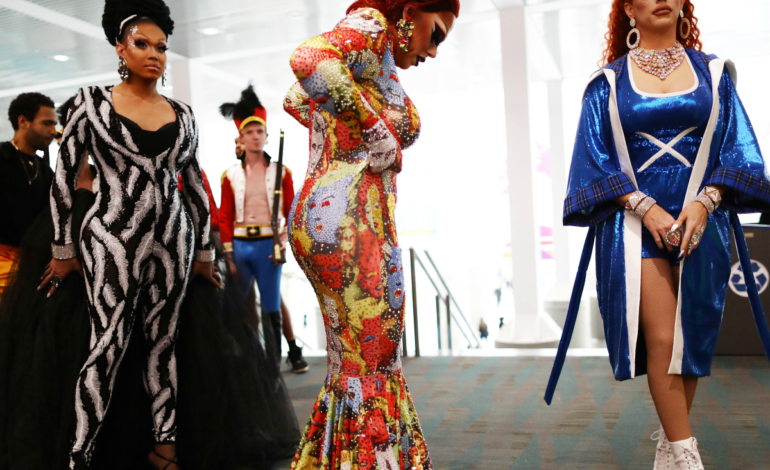Fashion and drag have long influenced each other, creating a vibrant and dynamic interplay that shapes and reshapes cultural aesthetics and societal norms. This intersection is most evident in the bold and extravagant styles seen on both drag stages and high-fashion runways, with each sphere drawing inspiration from the other to push the boundaries of creativity and self-expression.
One vivid example of this symbiotic relationship is the influence of drag on high fashion. Designers like Jean Paul Gaultier, Alexander McQueen, and Marc Jacobs have often cited drag culture as a significant source of inspiration. Gaultier, for instance, has celebrated drag’s flamboyant spirit in his collections, often featuring drag queens in his runway shows. His 1997 collection was particularly groundbreaking, blending elements of traditional couture with the over-the-top glamour characteristic of drag, thereby challenging the conventions of both fashion and gender.
Alexander McQueen’s work also reflects this interplay. His designs frequently incorporated elements of performance art and theatricality, which are central to drag. McQueen’s shows were more than fashion presentations; they were spectacles that merged fashion with narrative, much like a drag performance. His 1998 collection “Joan” is a prime example, where he drew on the androgynous and transformative qualities of drag to make profound statements about identity and resilience.
Drag itself often mirrors and critiques high fashion, using its exaggerated form to comment on the exclusivity and often rigid standards of the fashion world. RuPaul’s Drag Race, a show that has brought drag into mainstream consciousness, showcases this dynamic. Contestants on the show frequently create looks that parody high fashion, while also paying homage to it. The show has become a platform where drag queens like Violet Chachki and Aquaria have demonstrated an acute understanding of fashion history and trends, blending them with their unique drag personas to create something wholly new and influential.
Fashion and drag also serve as powerful platforms for cultural commentary. They address issues of gender, identity, politics, and societal norms through their visual and performative elements. For example, drag artists like Divine and contemporary queens such as Sasha Velour use their art to challenge and provoke thought about gender fluidity and the politics of identity. Sasha Velour’s iconic rose petal reveal during her performance of Whitney Houston’s “So Emotional” is a modern example of how drag can deliver potent messages about resilience and beauty through theatrical performance.

Similarly, fashion designers use their collections to make statements about contemporary issues. In 2018, the designer Jeremy Scott used his New York Fashion Week show to comment on political and social issues, with models wearing bold slogans like “Protest” and “Resist.” This kind of cultural commentary is also evident in the work of designers like Vivienne Westwood, whose punk-inspired designs in the 1970s were a direct response to the political and social climate of the time.
At the heart of the intersection of fashion and drag is a commitment to inclusivity and diversity. This convergence challenges the exclusivity often associated with high fashion, promoting acceptance and celebration of different identities and forms of expression. Drag queens like Laverne Cox and Billy Porter have become fashion icons, gracing the covers of magazines and walking red carpets in haute couture, thereby broadening the representation of diverse identities in the fashion world.
In conclusion, the relationship between fashion and drag is a testament to the power of self-expression and the importance of challenging societal norms. Together, they foster a culture of inclusivity and celebrate diversity, influencing popular culture in profound ways. As dynamic fields, fashion and drag continually evolve, reflecting and shaping the societies they inhabit. This ongoing dialogue between the two not only enriches each field but also contributes to broader cultural conversations about identity, creativity, and freedom of expression.




